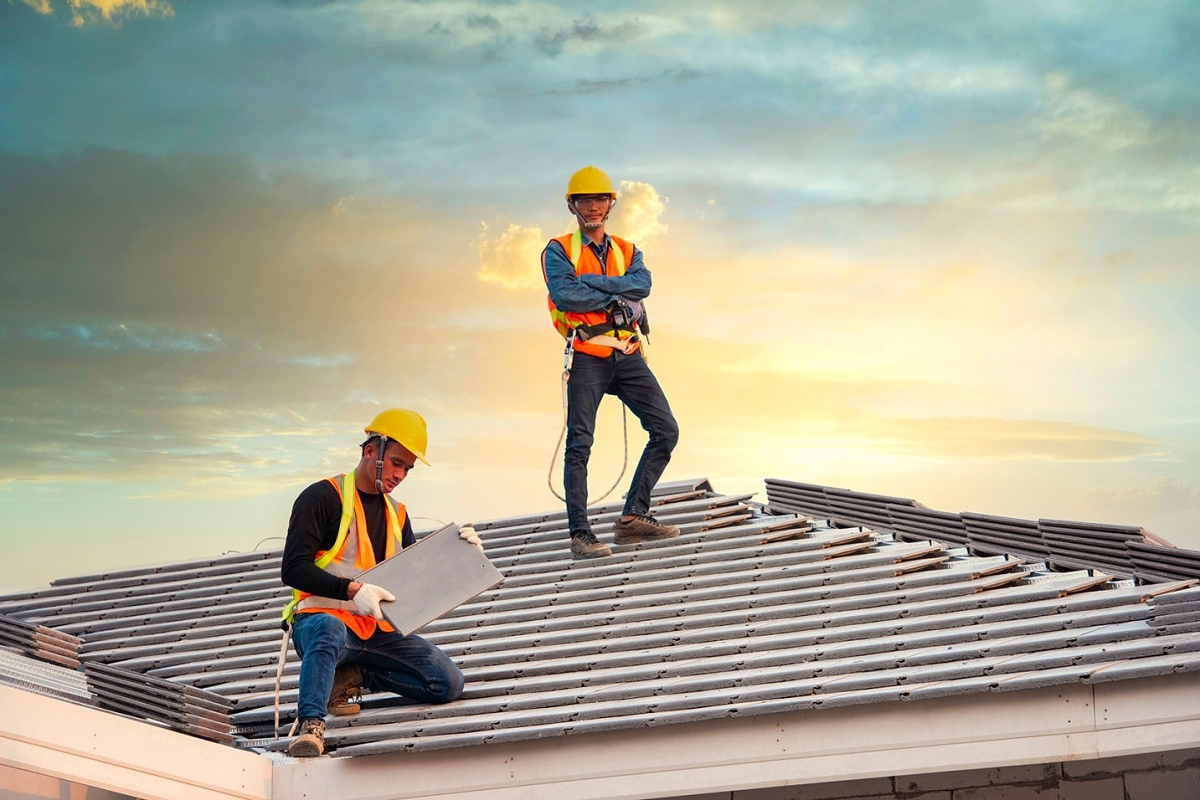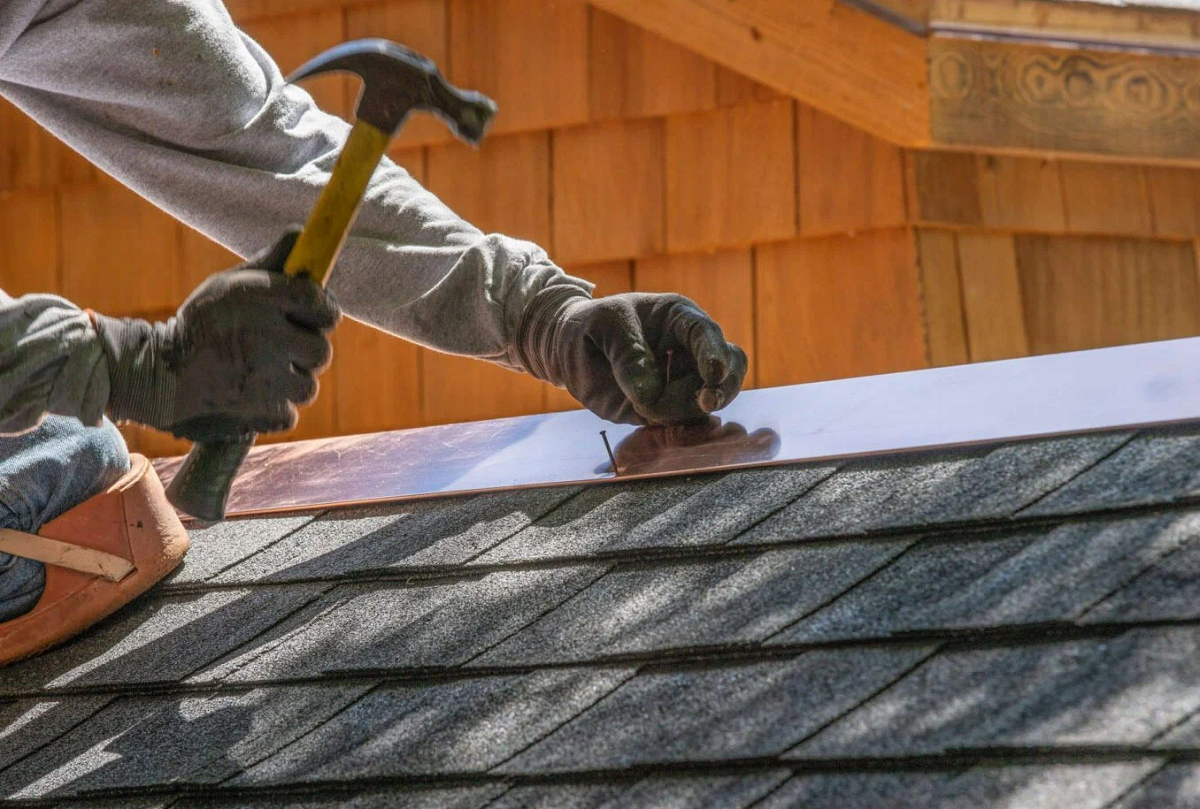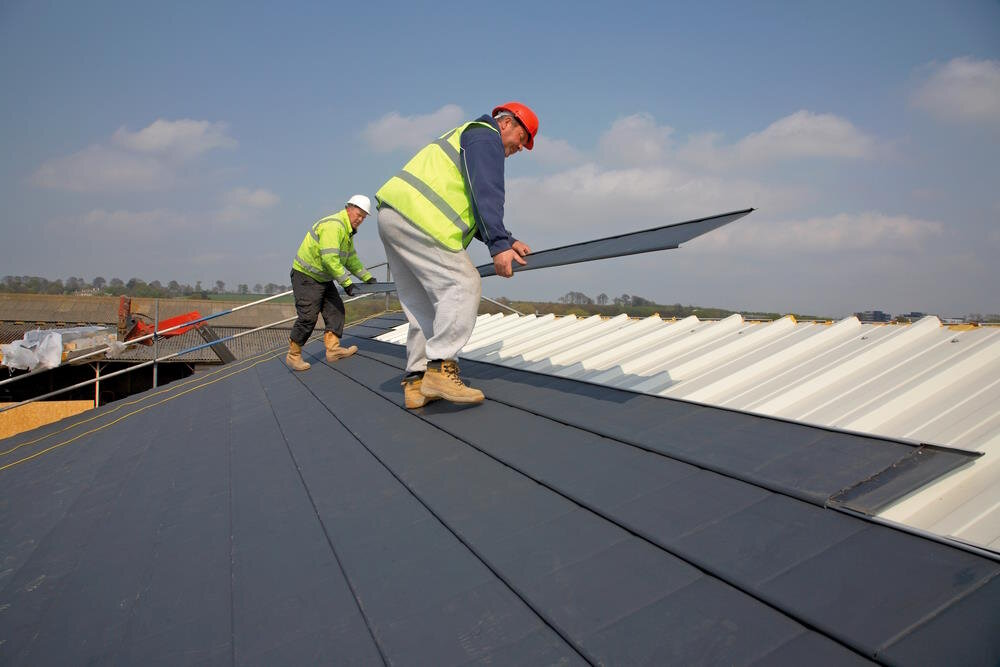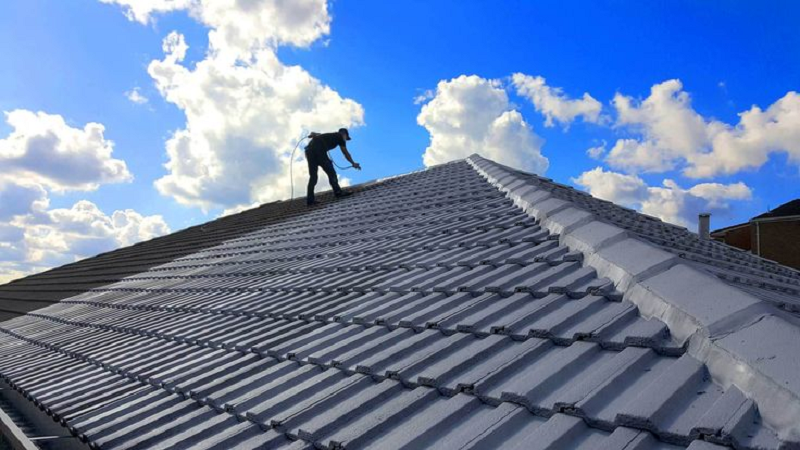Avalon's Roofing Trends: What's Hot And What's Not
Welcome to Avalon's Roofing Trends, where we explore the ever-evolving world of roofing to keep you informed on what's hot and what's not in the realm of residential and commercial roofing solutions. Your roof is not just a protective layer over your home; it's a statement, a reflection of your style, and an essential component in creating a sustainable living space. In this blog, we delve into the latest trends that define the future of roofing, providing you with insights that go beyond mere functionality.
Roofing trends are not only about aesthetics but are increasingly influenced by advancements in technology, environmental consciousness, and architectural innovation. From sustainable and eco-friendly materials to the integration of smart technology in roofing systems, the choices available today are diverse and exciting. Avalon's Roofing Trends aims to be your go-to source for navigating this dynamic landscape, helping you make informed decisions that align with your values, lifestyle, and the unique requirements of your property.
As we embark on this journey through the peaks of modern roofing, we'll not only spotlight the hottest trends but also shed light on those that might be losing their appeal. Join us in unraveling the factors that shape the roofing industry, discovering the synergy between technology and roofing, and exploring the impact of architectural and design movements on the roofs above us. Whether you're a homeowner, a builder, or simply someone intrigued by the world above, Avalon's Roofing Trends promises to be your guide in making roofing choices that stand the test of time.
Hot Trends In Roofing
In the ever-evolving world of roofing, several hot trends are shaping the industry, reflecting a growing emphasis on sustainability, energy efficiency, and modern aesthetics. One notable trend is the increasing popularity of sustainable and eco-friendly roofing materials. Homeowners and businesses alike are showing a keen interest in materials such as recycled metal, wood shakes, and eco-friendly composite shingles. These options not only contribute to environmental conservation but also offer durability and longevity.
Energy-efficient roofing solutions are another prominent trend, with a focus on reducing carbon footprints and energy consumption. Solar roofing options, incorporating photovoltaic cells seamlessly into roofing materials, are gaining traction. Additionally, cool roofing technologies, designed to reflect more sunlight and absorb less heat, contribute to energy efficiency by reducing cooling costs.
Modern aesthetics play a crucial role in contemporary roofing trends, with an emphasis on sleek and minimalist designs. Homeowners are increasingly gravitating towards roofing styles that complement modern architectural aesthetics, incorporating bold colors, unconventional materials, and geometric shapes. This shift represents a departure from traditional roofing norms, allowing for more personalized and unique expressions of style.
In summary, the hot trends in roofing reflect a broader movement towards sustainability, energy efficiency, and a departure from conventional designs. As the roofing industry continues to innovate, these trends not only enhance the visual appeal of structures but also contribute to environmental conservation and the overall efficiency of buildings.
Noteworthy Roofing Technologies
Roofing technologies have advanced significantly in recent years, introducing innovations that enhance durability, efficiency, and overall performance. Here are some noteworthy roofing technologies:
Smart Roofing Systems:
- Integration of sensors and monitoring devices to detect leaks, temperature changes, and potential issues in real-time.
- Automated systems that adjust ventilation and insulation based on weather conditions, optimizing energy efficiency.
- Remote monitoring and control capabilities through smartphone apps or web interfaces, providing homeowners with insights into their roof's health.
Durable and Weather-Resistant Materials:
- Impact-resistant materials, such as polymer-based shingles or metal roofing, designed to withstand hail, debris, and extreme weather conditions.
- High-tech coatings that provide additional protection against UV rays, preventing premature degradation of roofing materials.
Cool Roofing Technologies:
- Reflective coatings and materials that enhance solar reflectance, reducing the absorption of sunlight and minimizing heat transfer into the building.
- Cool roofing membranes with advanced thermal emissivity properties, promoting heat dissipation and maintaining lower roof temperatures.
Photovoltaic Roofing:
- Integration of solar panels directly into roofing materials, offering a seamless and aesthetically pleasing solution for harnessing solar energy.
- Solar tiles that mimic the appearance of traditional roofing materials while generating electricity for the building.
Self-Repairing Roofing Materials:
- Introduction of materials with self-healing properties, capable of repairing minor damages over time.
- Incorporation of nanotechnology to enhance the resilience of roofing materials against wear, tear, and environmental stressors.
Green Roofing Systems:
- Living roofs with vegetation and greenery that provide insulation, absorb rainwater, and contribute to air purification.
- Integration of modular green roofing systems that are easy to install and maintain.
These roofing technologies not only address traditional challenges like durability and weather resistance but also contribute to sustainability and energy efficiency, aligning with the broader industry focus on eco-friendly and high-performance solutions.
Tips For Choosing The Right Roofing Trends
Choosing the right roofing trends requires careful consideration and a thoughtful approach to ensure that your decision aligns with your budget, climate, and long-term goals. Here are some essential tips to guide you in making the right choice:
Budget Considerations:
- Evaluate your budget constraints and set a realistic financial plan for your roofing project.
- Research cost-effective alternatives that still align with your aesthetic and functional preferences.
- Consider long-term cost savings associated with energy-efficient roofing materials to make informed decisions.
Climate and Geographical Factors:
- Assess the local climate and weather conditions to determine the best-suited materials for your region.
- Choose roofing materials with proven durability and resistance to elements prevalent in your area, such as wind, rain, snow, or extreme temperatures.
- Factor in considerations like fire resistance in regions prone to wildfires.
Long-Term Sustainability and Maintenance:
- Prioritize sustainable and eco-friendly materials that contribute to the longevity of your roof.
- Consider the maintenance requirements of different roofing materials and choose options that align with your willingness to invest time and resources in upkeep.
- Look for materials with warranties and a proven track record for durability.
Architectural Compatibility:
- Ensure that the chosen roofing trend complements the architectural style of your home or building.
- Consider modern aesthetics, color schemes, and design elements that enhance the overall visual appeal of the structure.
Energy Efficiency:
- If energy efficiency is a priority, explore roofing materials with built-in insulation properties or opt for cool roofing technologies.
- Calculate potential energy savings over the long term to justify any upfront costs associated with energy-efficient roofing solutions.
Local Building Codes and Regulations:
- Familiarize yourself with local building codes and regulations to ensure compliance with any restrictions or requirements related to roofing materials and designs.
- Consult with local authorities or roofing professionals if you have questions about specific guidelines.
By considering these tips, you can make informed decisions when choosing roofing trends that not only enhance the visual appeal of your property but also meet your practical and budgetary needs.
Future Roofing Trends
The future of roofing is poised for exciting advancements, driven by technology, sustainability, and a focus on resilient, innovative materials. Here are some key trends that are expected to shape the roofing landscape in the coming years:
- Green Roofing: The integration of living roofs, featuring vegetation and greenery, is expected to rise. Green roofs provide insulation, absorb rainwater, and contribute to urban biodiversity. This trend aligns with the increasing emphasis on eco-friendly building practices.
- Smart Roofing Systems: The integration of smart technologies in roofing is anticipated to become more widespread. This includes sensors that monitor the roof's condition, detect leaks, and even adjust to changing weather conditions. Smart roofing can enhance energy efficiency and provide real-time data for proactive maintenance.
- 3D Printing: The use of 3D printing in construction is expanding, and roofing is no exception. 3D printing allows for the creation of intricate and customized designs, making it possible to produce roofing components with greater precision and efficiency.
- Self-Healing Materials: Innovations in self-healing materials, such as polymers that can repair cracks and damage, are likely to gain prominence. These materials can extend the lifespan of roofs and reduce maintenance requirements.
- Cool Roofing Evolution: The evolution of cool roofing technologies will continue, with the development of advanced reflective coatings and materials that further enhance the ability to reflect sunlight and minimize heat absorption. This is crucial for improving energy efficiency and reducing urban heat island effects.
- Solar Integration: While solar roofing is already a trend, ongoing advancements in solar technology may lead to even more efficient and cost-effective solar roofing solutions. Integrated solar shingles and tiles may become more mainstream, contributing to sustainable energy generation.
- Flexible and Lightweight Materials: Roofing materials that are flexible, lightweight, and easy to install will likely gain popularity. These materials can offer faster and more cost-effective installation processes while providing durable and resilient roofing solutions.
As technology continues to advance and environmental concerns drive innovation, the roofing industry is poised to undergo significant transformations, embracing sustainable practices and cutting-edge materials. These future trends reflect a commitment to creating more resilient, energy-efficient, and aesthetically pleasing roofing solutions.
In conclusion, the world of roofing is undergoing a dynamic transformation, with current and future trends reflecting a blend of sustainability, technological innovation, and a departure from traditional norms. As we explore the hot trends that currently dominate the roofing industry, such as the use of eco-friendly materials, energy-efficient solutions, and modern aesthetics, it becomes evident that homeowners and businesses are not only seeking functionality but also expressing a profound commitment to environmental responsibility.
Looking ahead, the future of roofing promises even more exciting developments. From the integration of green roofing and smart systems to the rise of 3D printing and self-healing materials, the industry is on the brink of a technological revolution. The continued evolution of solar integration, advancements in cool roofing technologies, and the emergence of flexible and lightweight materials underscore a commitment to sustainability, efficiency, and adaptability.
As we embrace these changes, it's essential for homeowners, builders, and industry professionals to stay informed and make choices that align with the values of the future. Considerations of budget, climate, and long-term sustainability will play pivotal roles in selecting roofing solutions that not only enhance the visual appeal of structures but also contribute to energy efficiency and environmental conservation.
In this era of innovation, the roofing industry stands at the forefront of creating structures that are not only functional but also environmentally conscious and resilient. Whether it's the integration of smart technologies or the adoption of green roofing practices, each trend signifies a step toward a more sustainable and technologically advanced future. So, as we witness the evolution of roofing trends, let's look forward to a landscape where our roofs not only protect us from the elements but also actively contribute to a more sustainable and resilient world.










